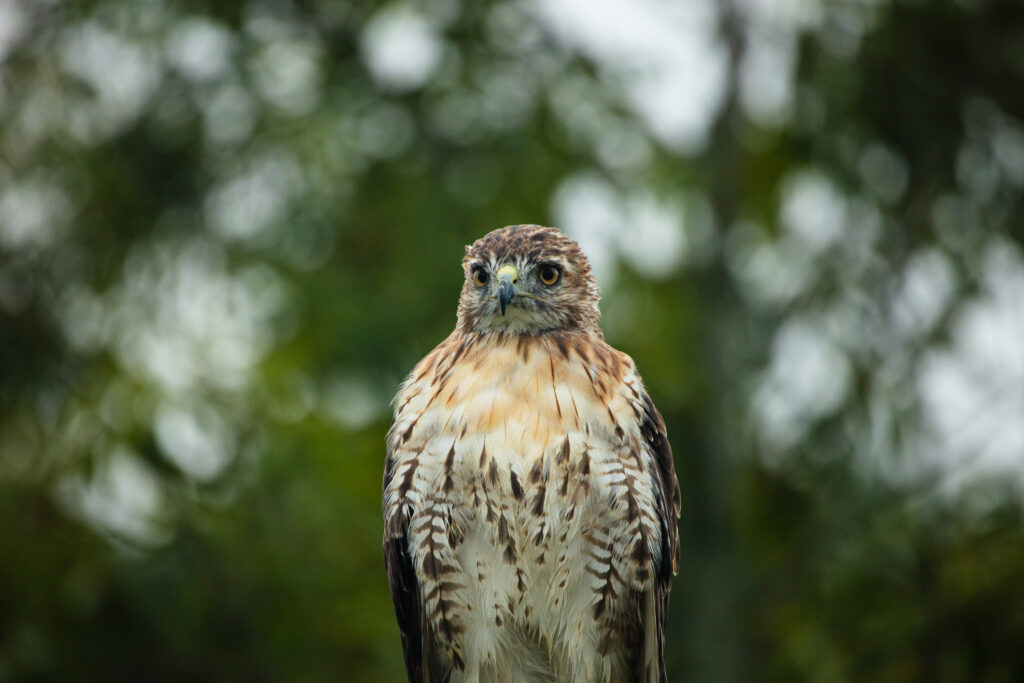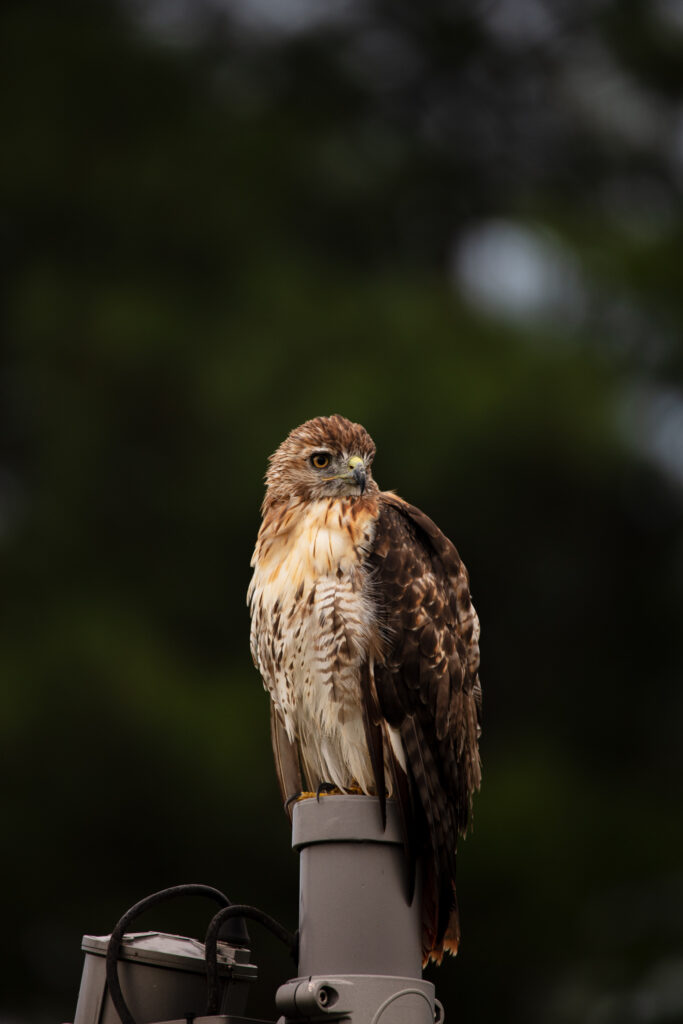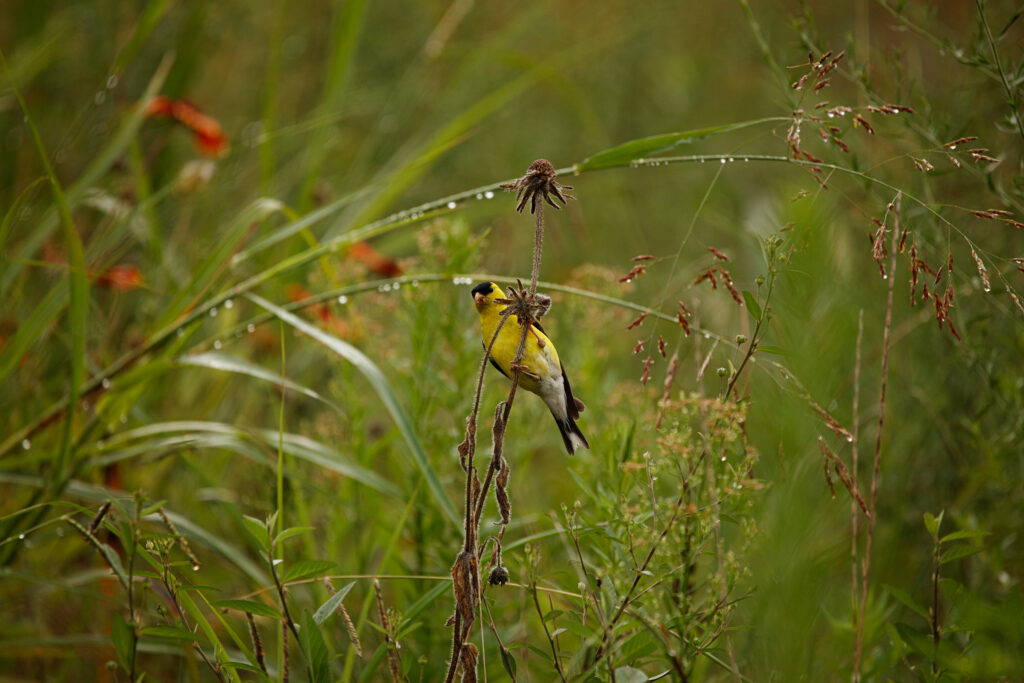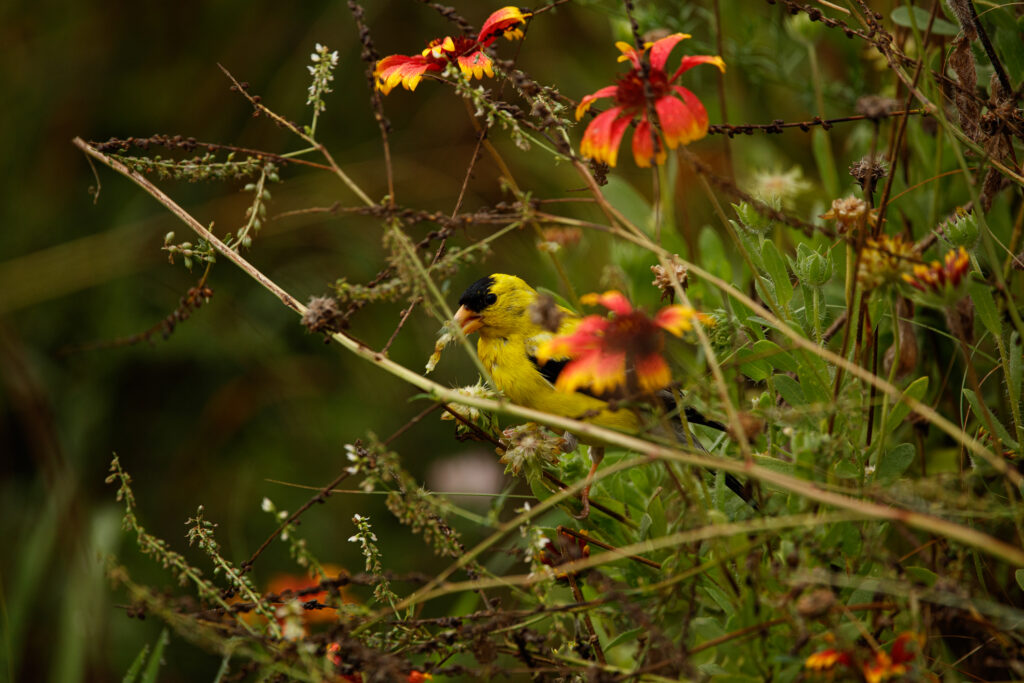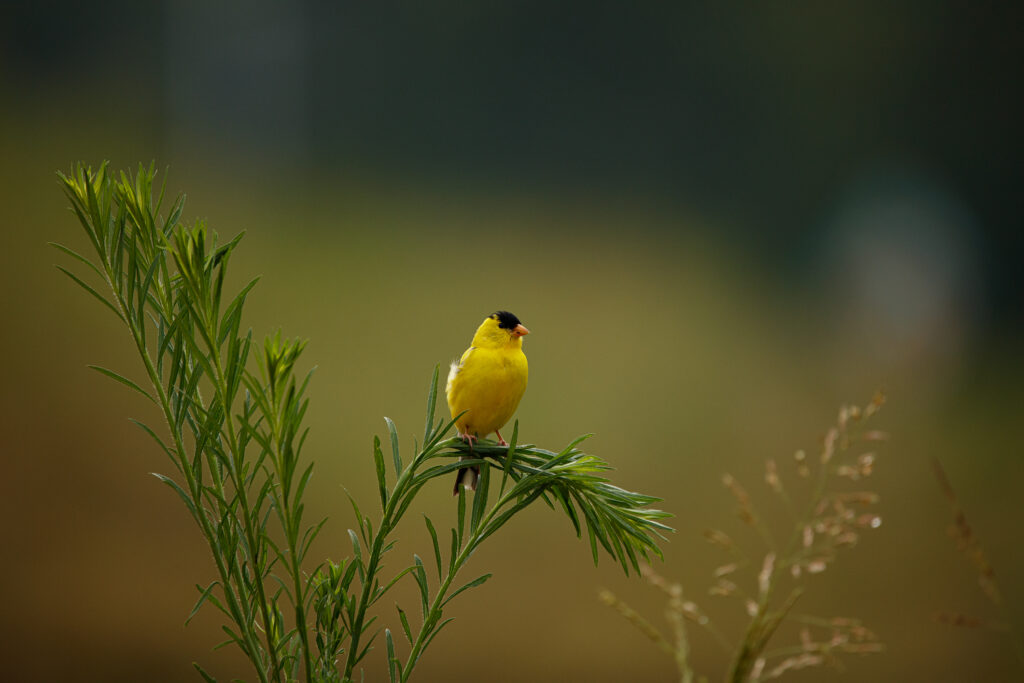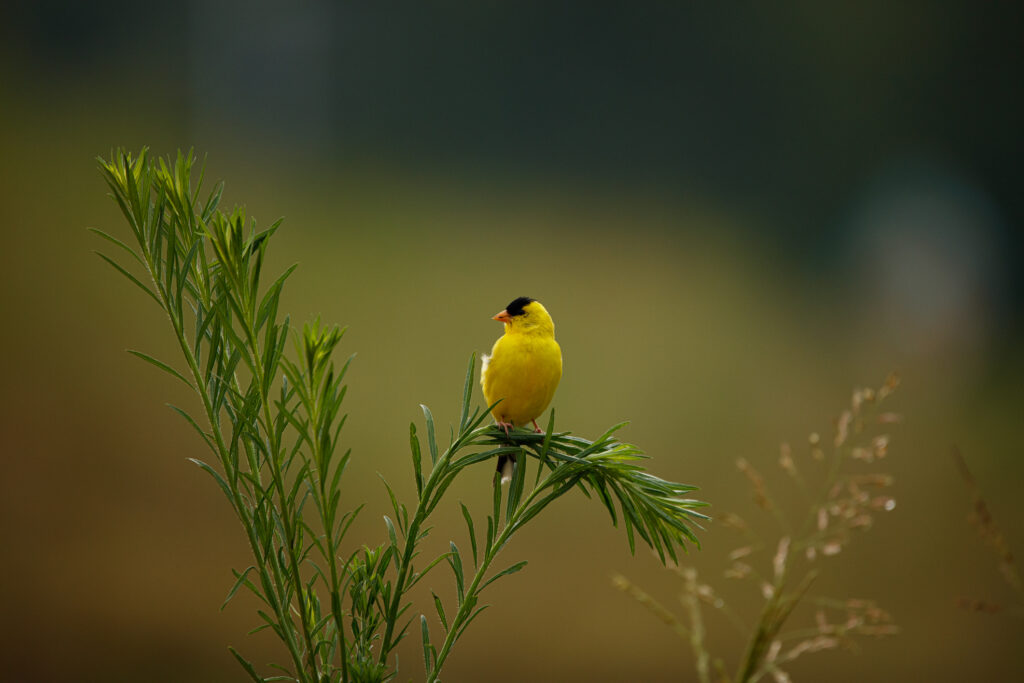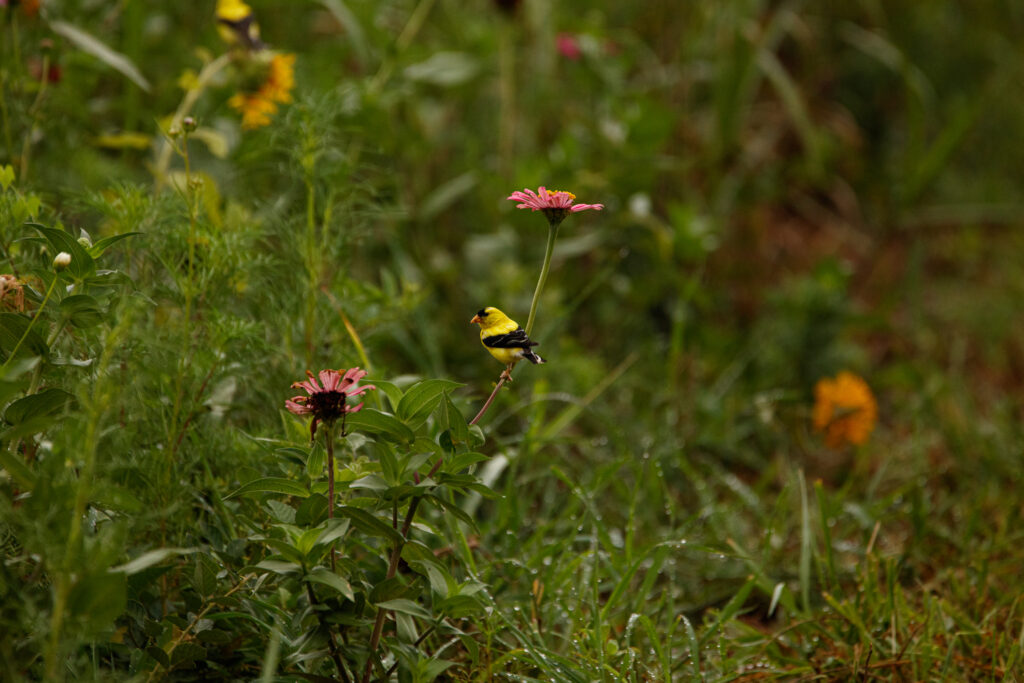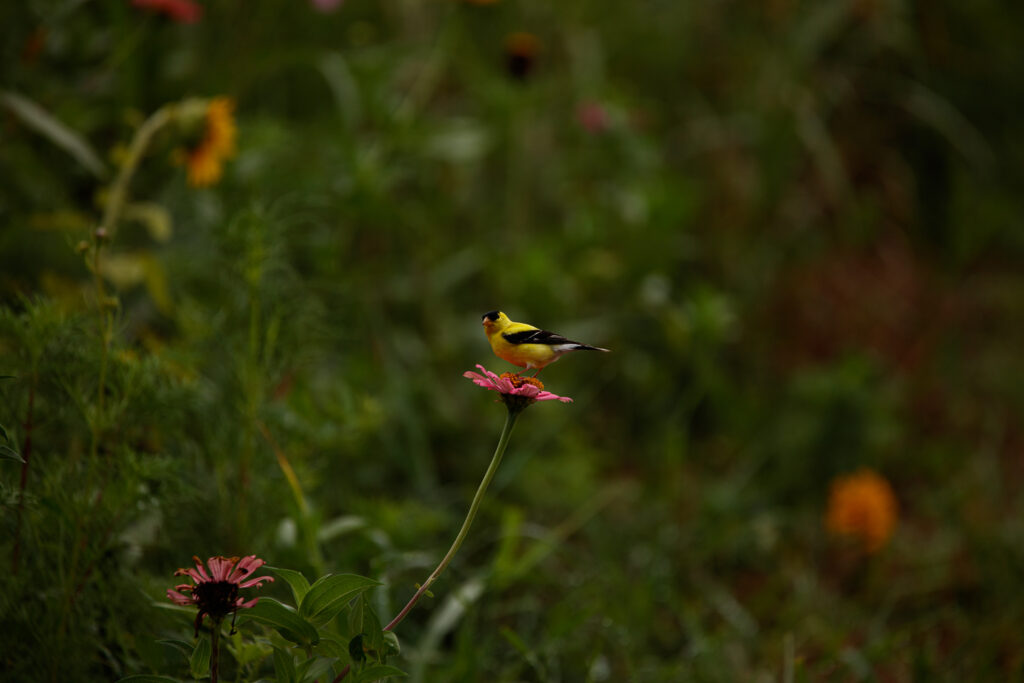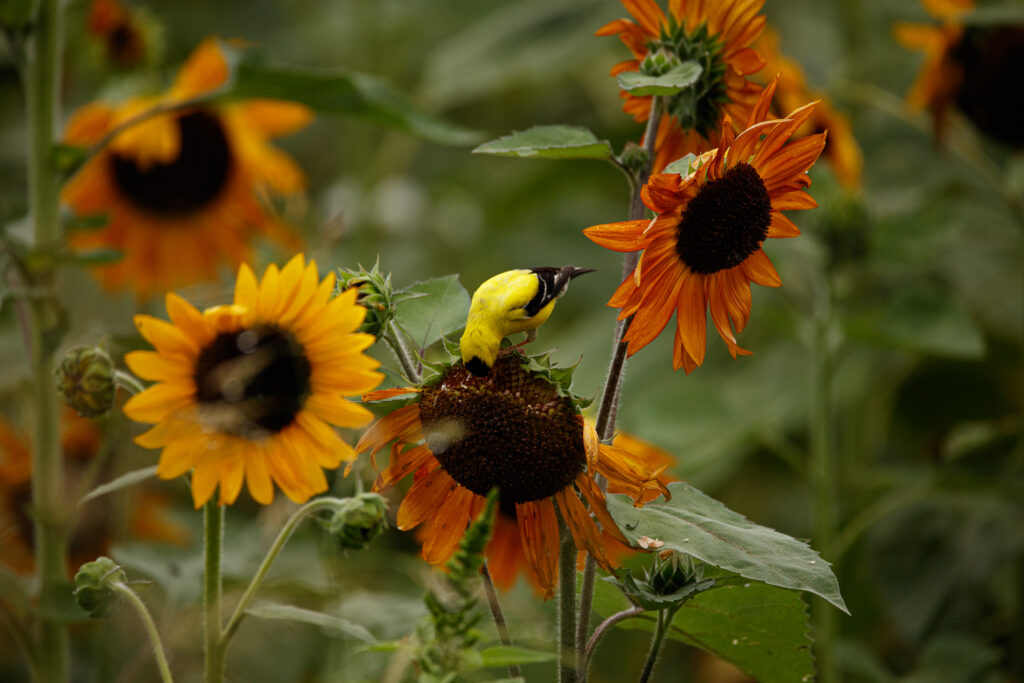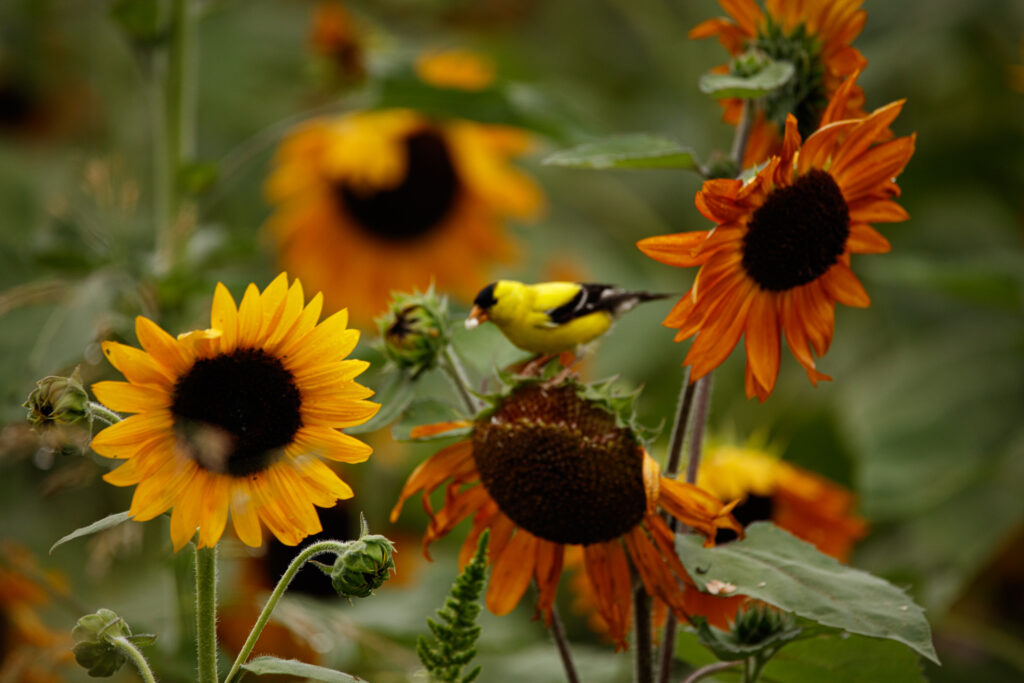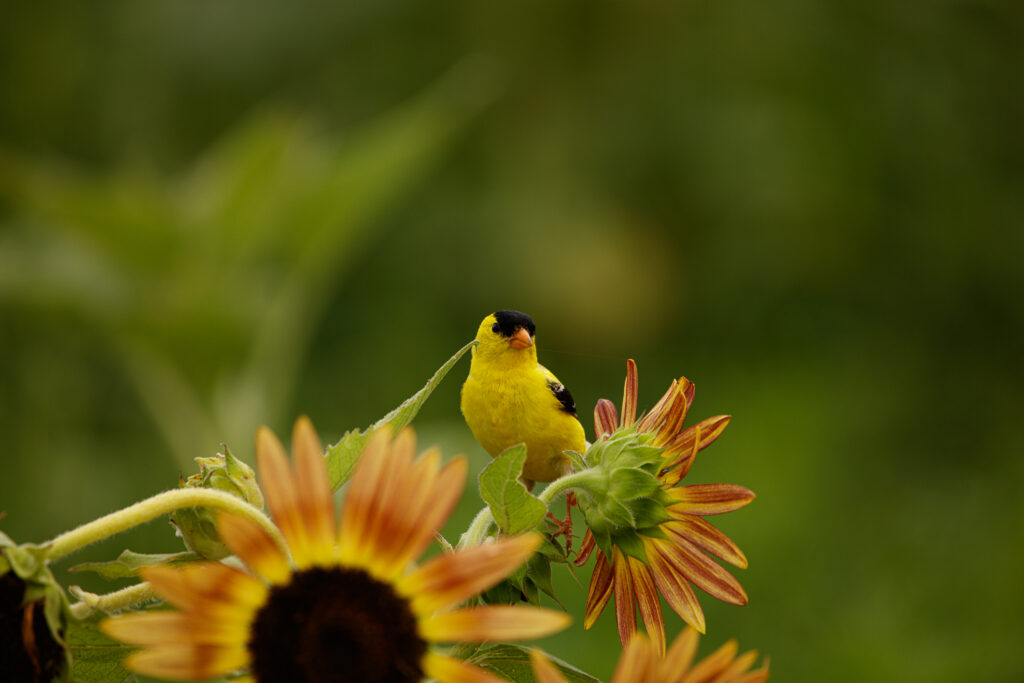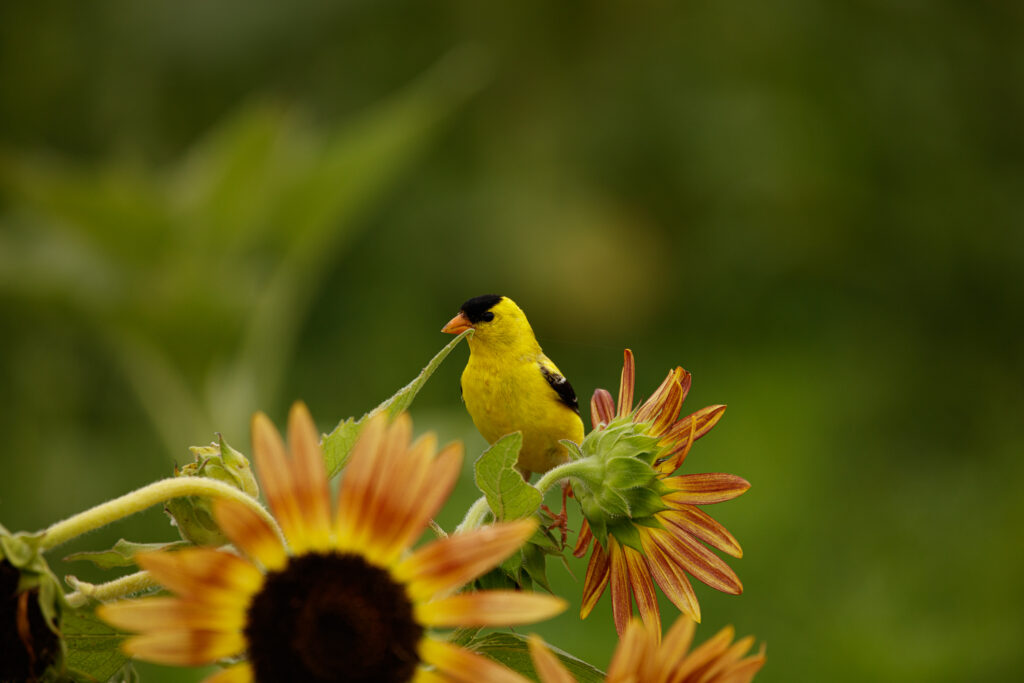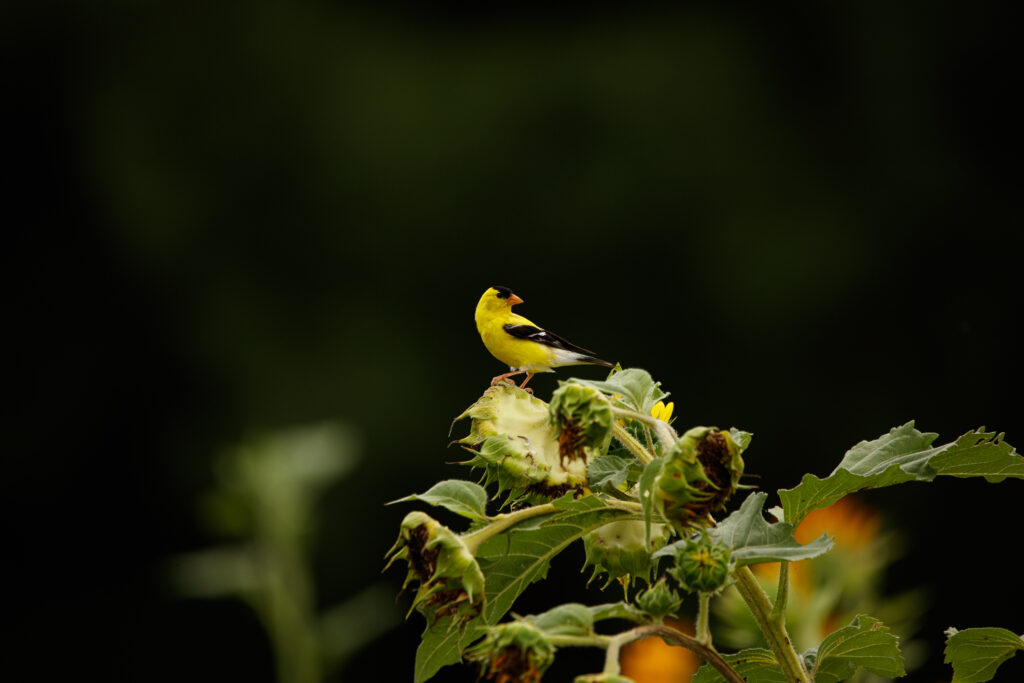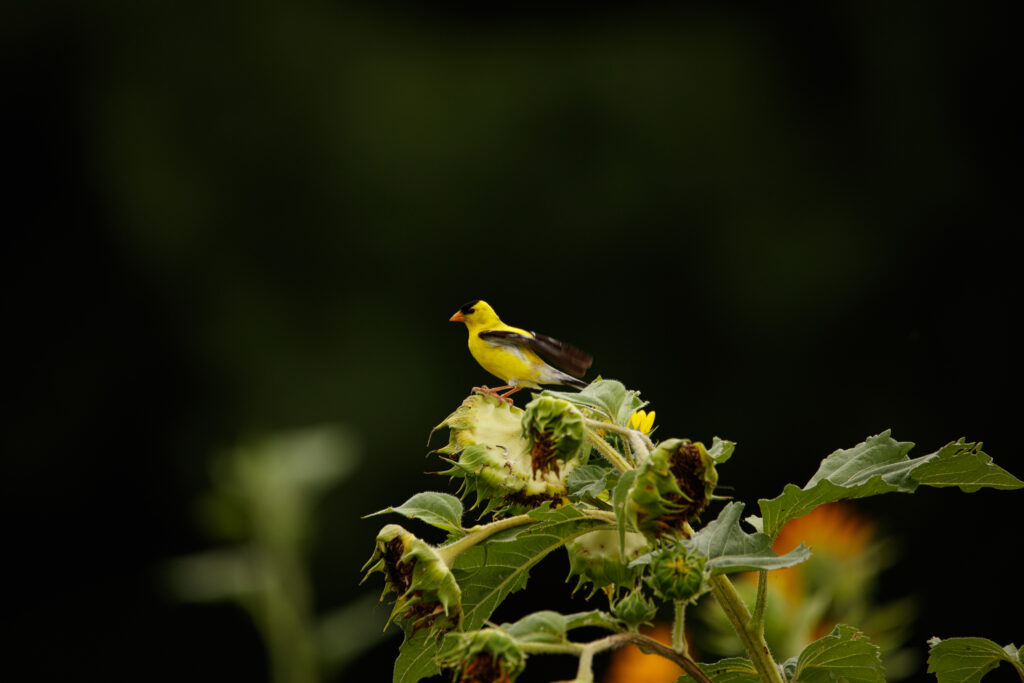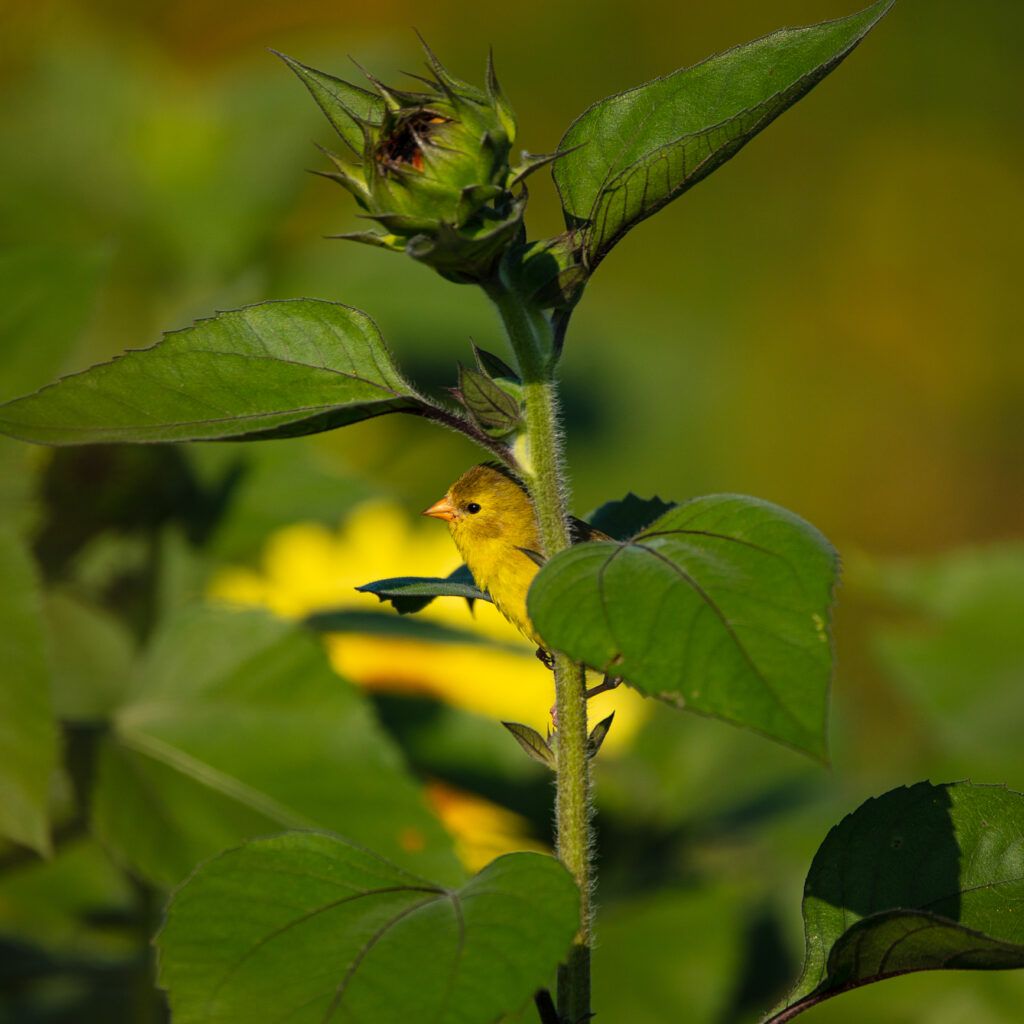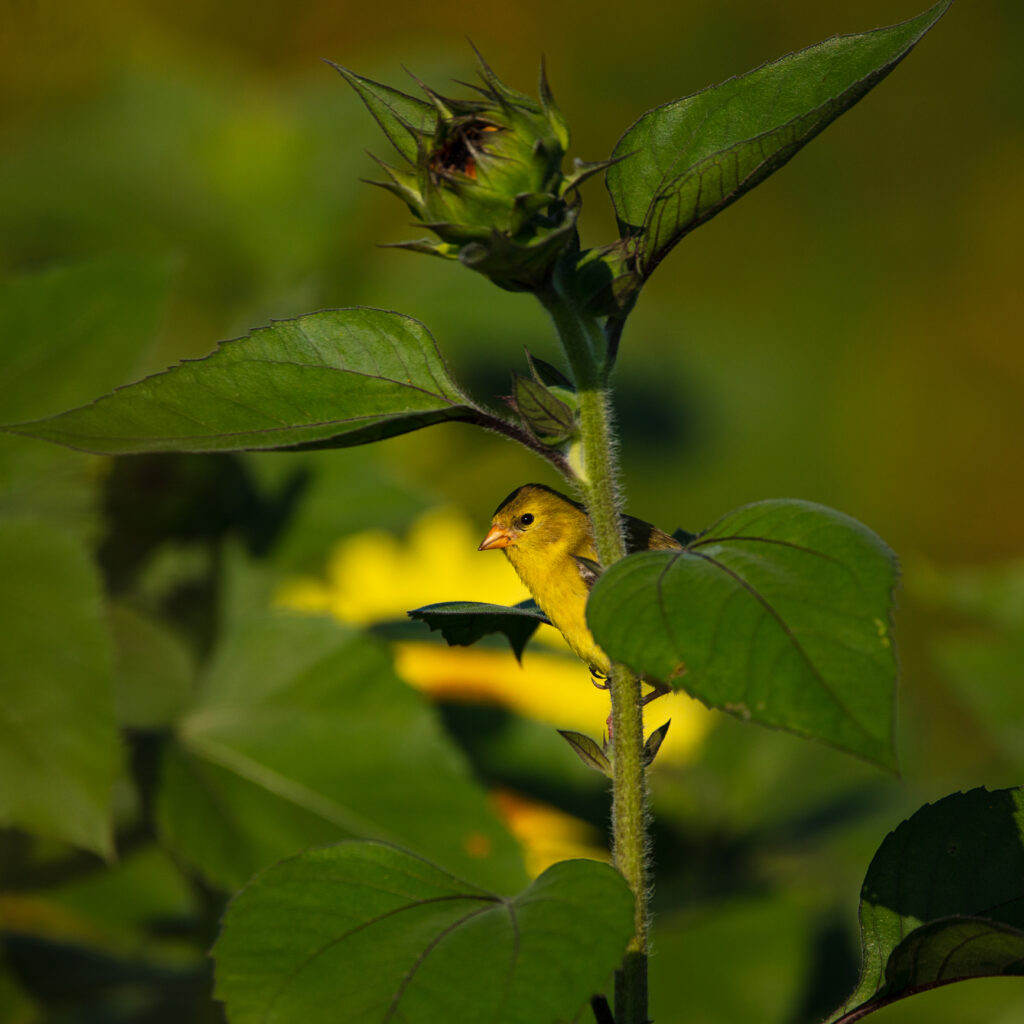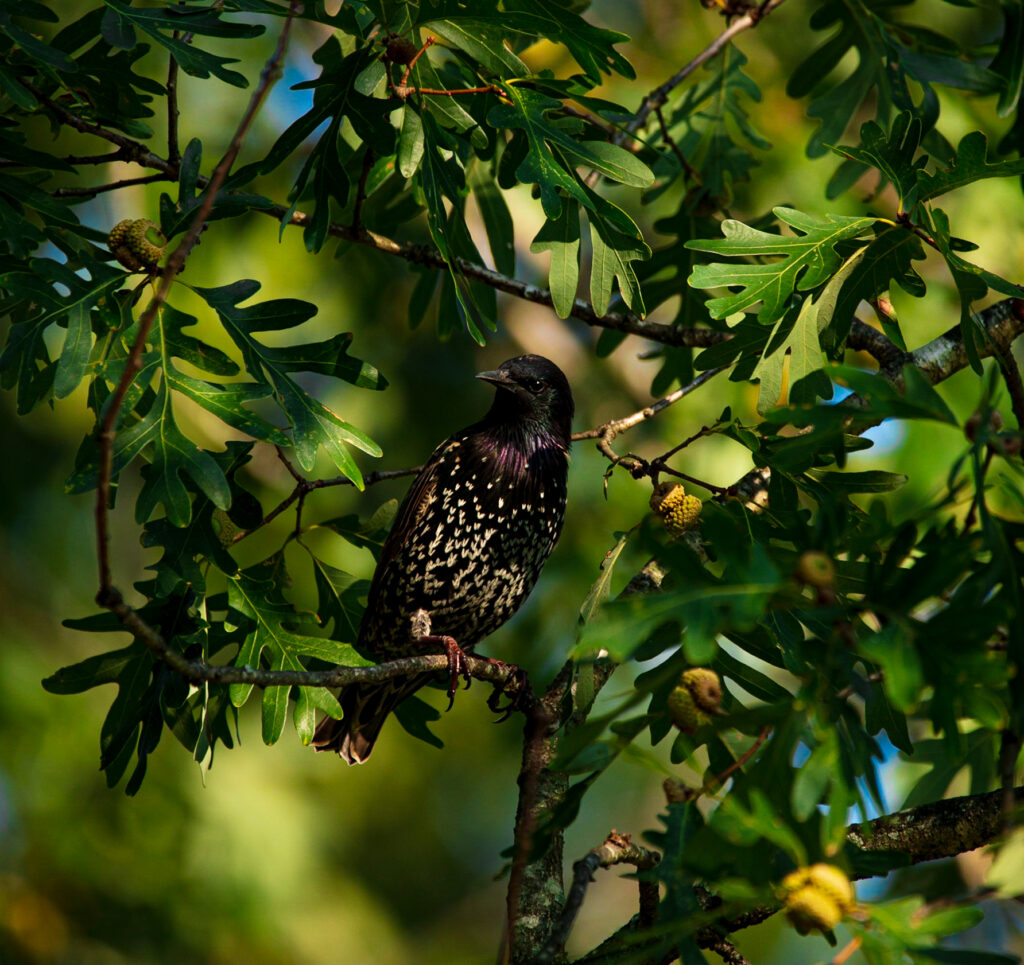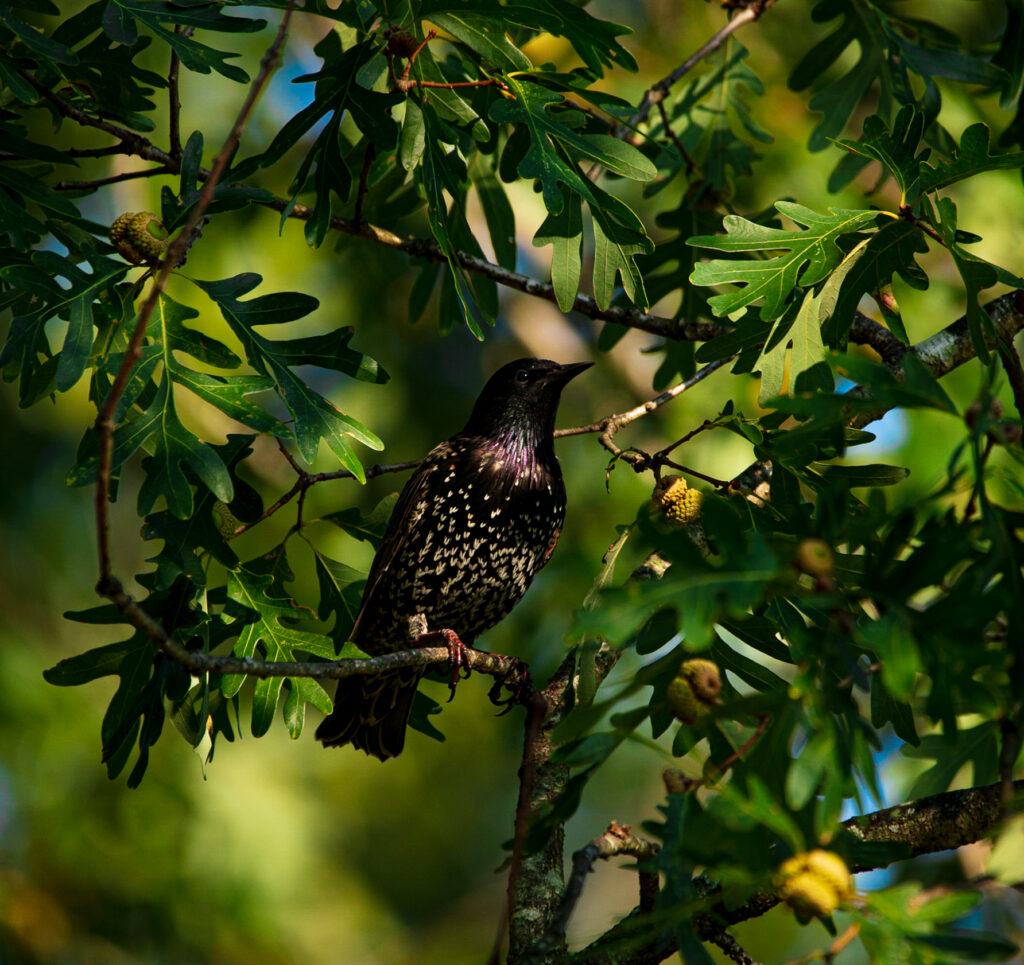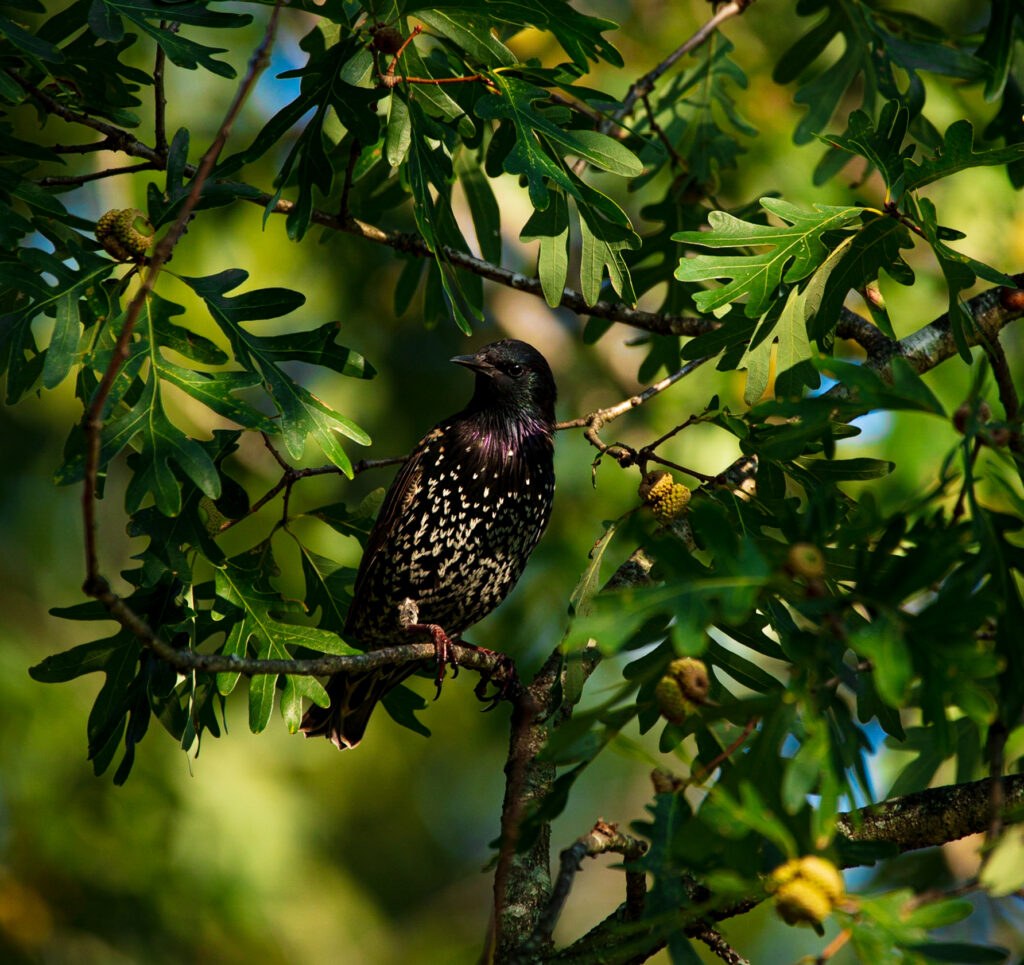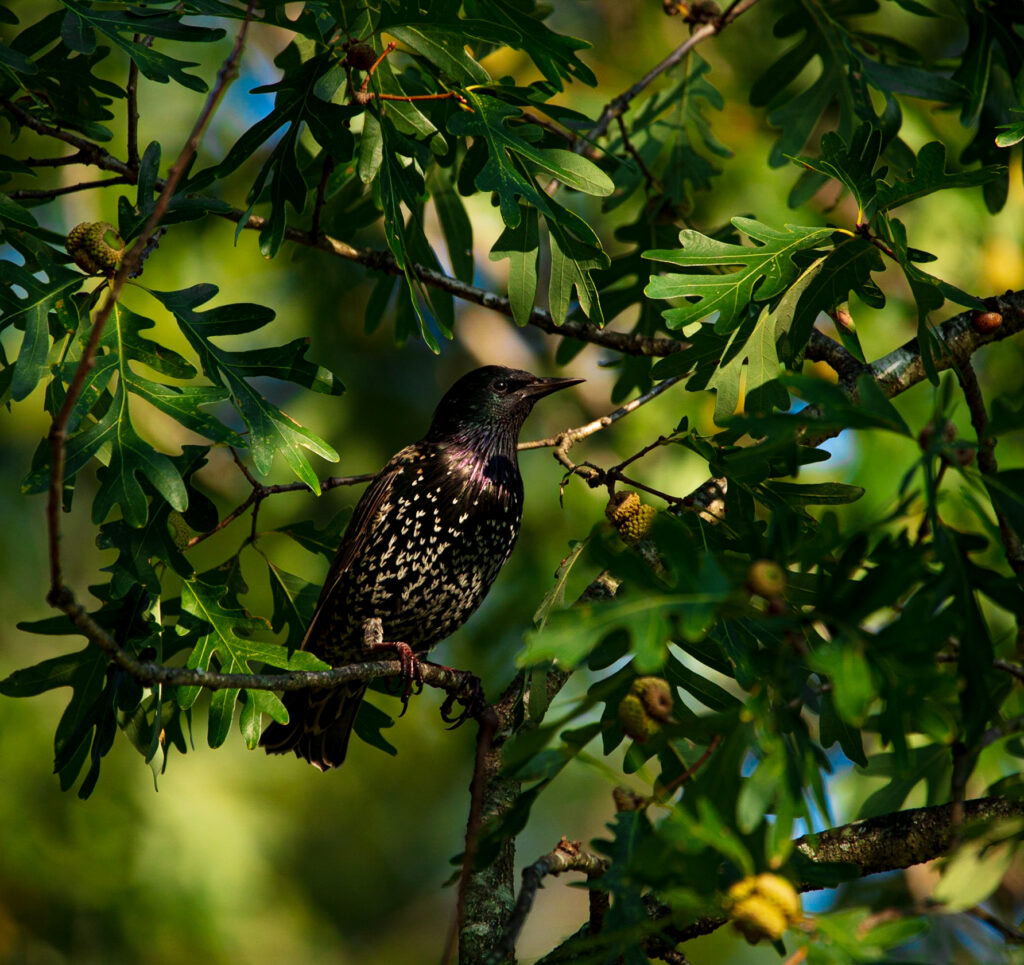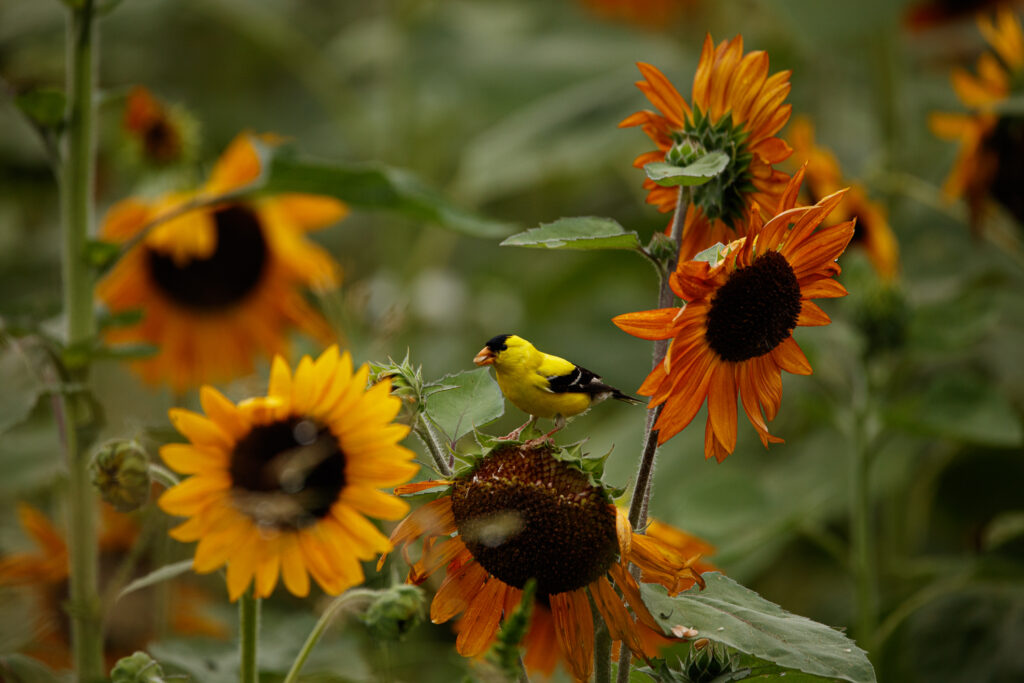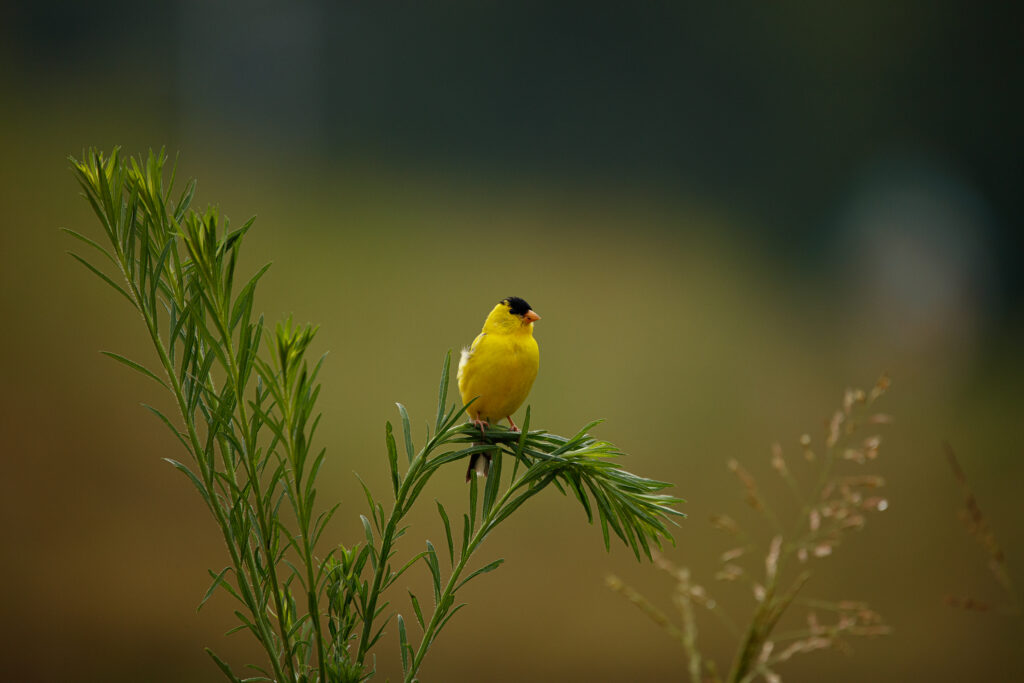Tag Archives: Bird watching North Carolina Museum of Art
Birding at the NCMA
A Red tailed Hawk encounter at the North Carolina Museum of Art
It’s quite a remarkable feeling to see eye to eye with a Red-tailed Hawk.
I found this big guy perched on a lamppost at the North Carolina Museum of Art a few days ago. He watched me but remained completely calm as I crept in a little nearer for a shot.
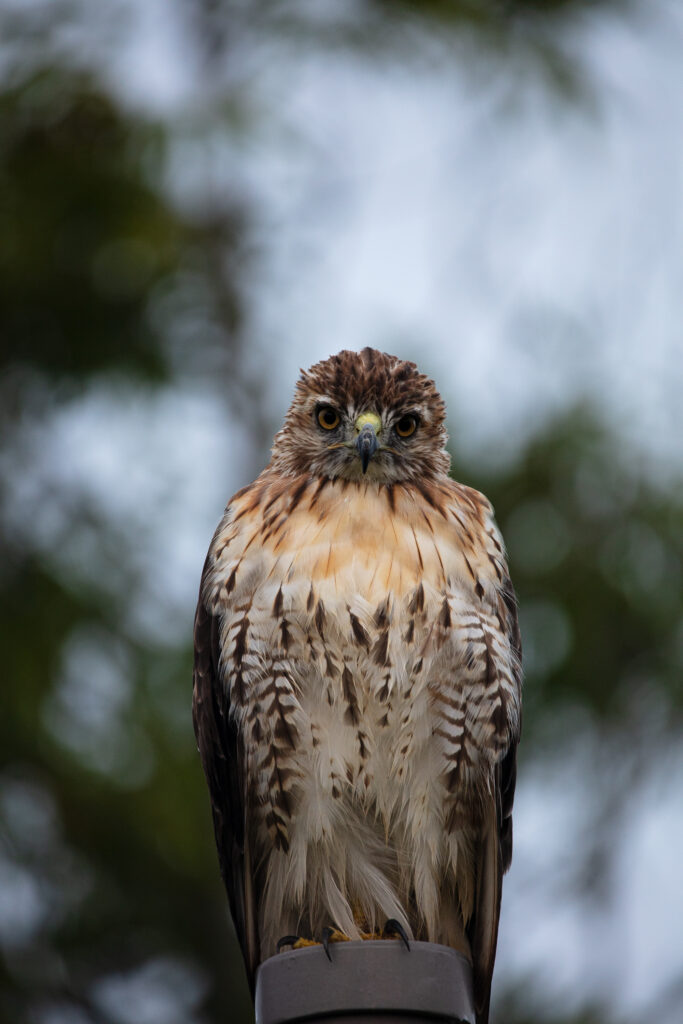
The thing with birds is this, you’ve got to move slowly. Sudden moves increase tension and can stimulate the flight response in raptors. There is not a single detail that’s missed by the keen eyes of a Red tail, thus forethought and fluidity of movement is key when trying to get a good portrait of one at *relatively close range.
These large hawks are a common sight across the United States with a range stretching from coast to coast. There are 16 different subspecies of Red tails with varying degrees of differences in the colors of their plumage. Some are dressed nearly in all black, others are noticeably paler than the rest.
All are freak’n gorgeous IMO 😉
Photo by @sally_siko of @birdwatching_nc on the fabulous full frame SLR, the @canonusa
#5Ds
American Goldfinches at the North Carolina Museum of Art- Raleigh N.C.
I visited the North Carolina Museum of Art a few weeks ago to see what I could find flying amid the annual sunflower bloom.
These American Goldfinches put on quite a show! It was great to spend a few hours out there in the field watching them feed on the flower seeds.
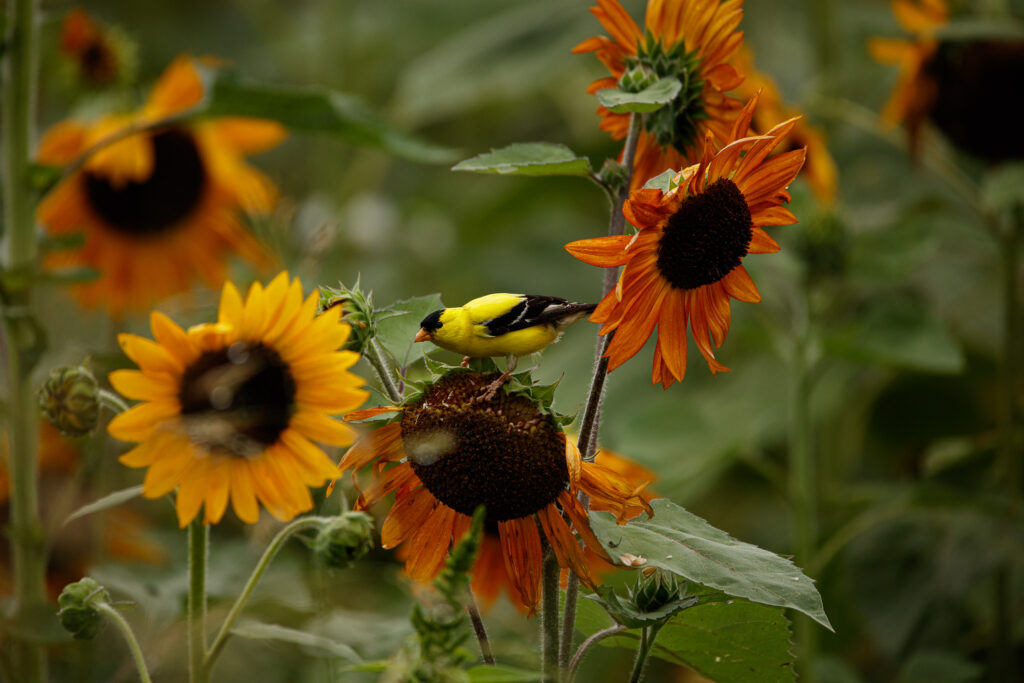
During the spring and summer adult males sport bright yellow plumage with a black forehead.
The females are dressed in softer tan-yellow tones and matte olive back.
When wintertime arrives the males lose their bright yellow feathers and turn towards a dusky wheat color.
Primarily seed eaters, they’ll also eat aphids and caterpillars in the summer while raising their brood. That being said, they prefer to eat the seeds of Ragweed, Thistles, Sweet gum, Sunflower, Dandelion, Alder, and Goldenrod flowers.
You can attract these vibrantly colored birds to your own yard by offering them Thistle and Nyjer seeds in a specialized feeder.
With the seeds contained within a tight wire mesh, finch feeders let you present their favorite food in a way that mimics how they would extract seeds in the wild.
Photos by @sally_siko of @birdwatching_nc on the fabulous full frame SLR, the @canonusa
#5Ds
European Starlings at the Nc Museum of Art Raleigh, N.C.
Made a quick birding trip to the North Carolina Museum of Art in Raleigh this morning to see what I could find.
Unfortunately I arrived a bit too late in the day because it was really hot out there in those open fields lol!
That being said I did manage to catch a few nice portraits of some handsome European Starlings.
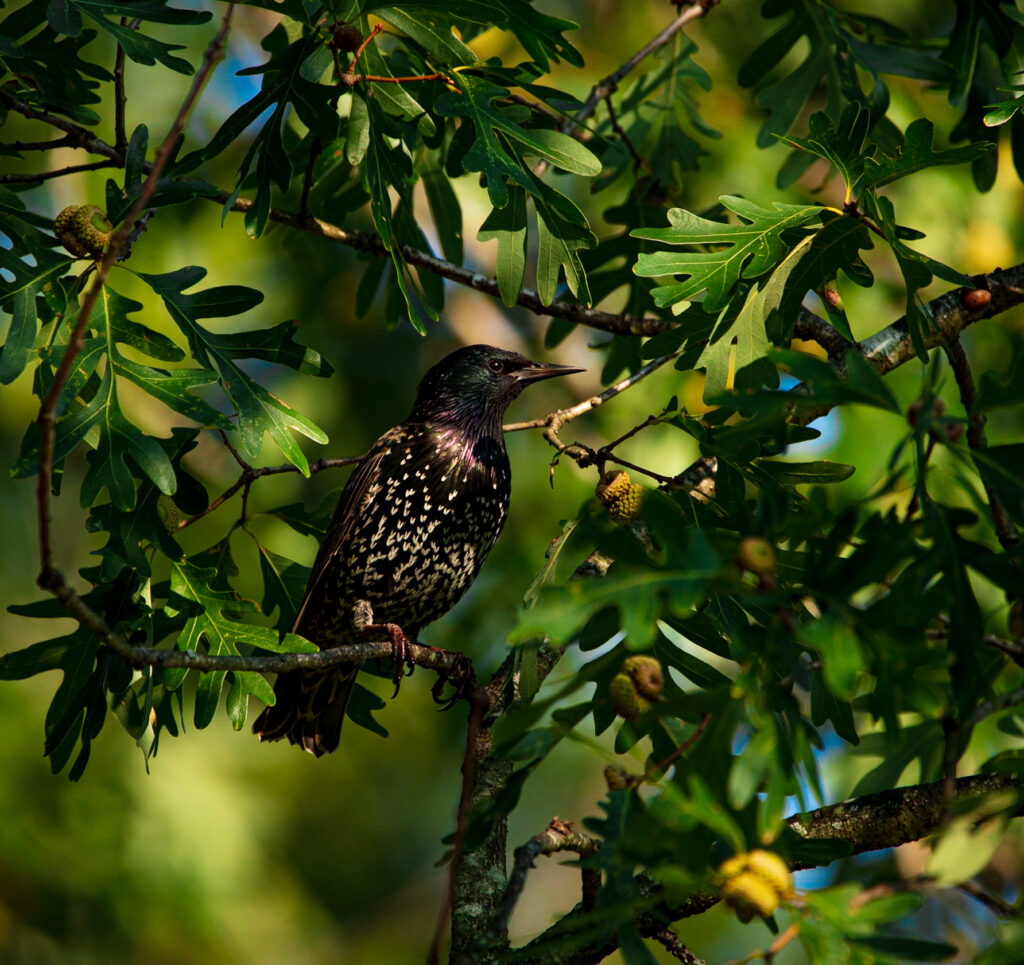
Yes, I know what you’re thinking. Why would anyone want to photograph these birds?
They are known as common pests among many and to describe them as feeder bullies is an understatement.
Yet, if you really stop to pay attention to them, they are quite beautiful.
During the winter, their plumage is a dull brownish color with white spots. By summertime, they sparkle and shine.
When you catch them in sunlight, their feathers show shades of metallic greens, blues and purples. It’s an effect not unlike the color changing ink on a US dollar bill.
Scientists have discovered Starlings and other birds have an extra receptor that lets them see ultraviolet light. That means through the eyes of a bird, a Starling’s feathers are likely brighter and more color-saturated than how we humans see them.
Pretty neat, huh?
🙂
Photos by @sally_siko of @birdwatching_nc on the fabulous full frame SLR, the @canonusa
#5Ds
Birding at the North Carolina Museum of Art
By: Sally Siko-Admin Birdwatching NC
Last week I had the opportunity to go check out the North Carolina Museum of Art to see what kinds of birds I could find there. From Indigo Buntings, Goldfinches and Orchard Orioles to Red tailed Hawks and Nuthatches, I was in heaven.
With the sunflowers blooming in the back field, this was the place to be to catch some beautiful photos and nice clear sightings of all sorts of different species of birds.
Check out the video below to see what I found and click on the map link at the bottom of this post so that you can visit this amazing location for yourself.


